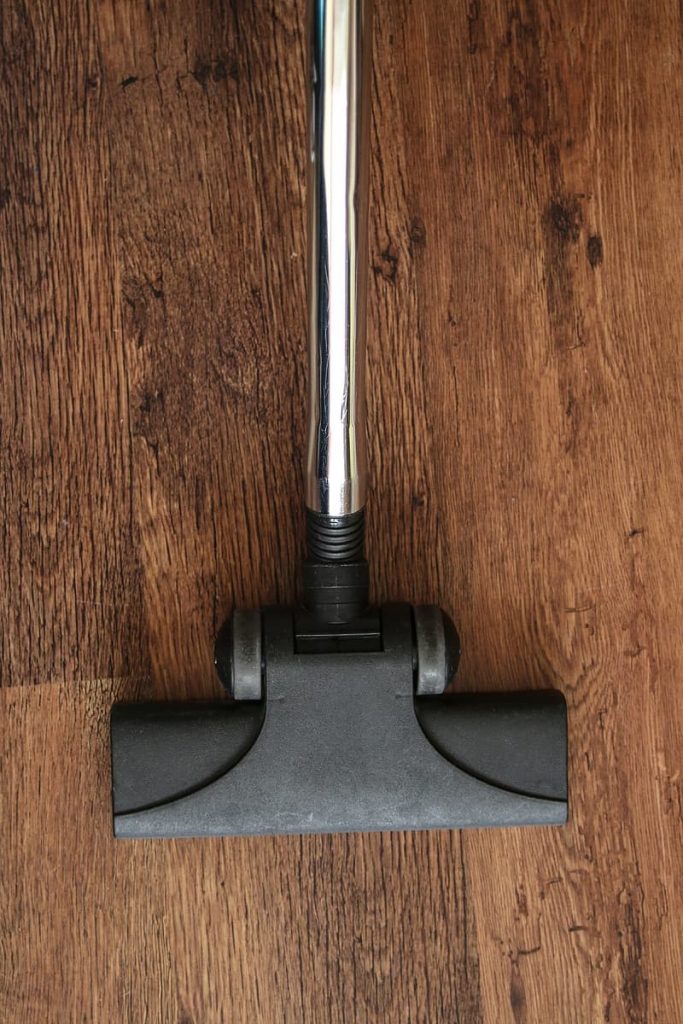If you are a homeowner about to sell your home, here is something you must understand. Your home’s curb appeal will draw buyers to it, but the condition of its structures and systems will determine if it gets sold or not. Carrying out upgrades to your property increases the probability that it will catch buyers’ interest. But the home’s functionality will eventually sell it.
Even if buyers are satisfied with the location, appearance, and price of a home, what finalizes the sale is the home inspection report. This is why homeowners should make understanding the home inspection a central part of the process of selling their home. This knowledge will help homeowners take the right preparation steps and avoid problems during the inspection.
Below are the steps homeowners should take before a home inspection.
Stage 1: Make necessary repairs and check the function of various items

To know what needs fixing in the home, it may be necessary to do a pre-listing home inspection. This ensures homeowners are not surprised by any issues that will be uncovered by the buyer’s inspection.
Important checks and repairs to do include:
- Roof repairs – Inspect the roof and its internal structures and pressure-wash the roof, if necessary, replace missing or damaged shingles, clear debris from gutters, ensure downspouts are not discharging water on walls.
- Fix water damage – Inspects toilets, faucets, bathtubs, showers, pipes, joints, and underneath the sink, check ceilings, walls, and floors for signs of water damage, and inspect appliances for leaks.
- Check fixtures – Re-caulk around bathtubs and sink, replace discolored grout, remove drain clogs, flush toilets to ensure they are working properly, run all faucets, be sure toilets and faucets do not drip.
- Inspect the insulation in the attic and crawl space – Replace damaged insulation, drape crawl space with 6 mm plastic sheeting and inside the crawl space, check heating ducts to be sure they are connected, inspect duct fans to see that they are venting out of the attic.
- Replace blown out light bulbs – If lights don’t come on after bulbs are replaced, check the wiring, run the ceiling and bathroom fans.
- Check the operation of windows – Test all locks and inspect seals, replace the torn screen on windows.
- Inspect kitchen and bathroom cabinets for loose parts and doors that do not flush with the frame.

- Inspect doors and check their operation – Doors must latch onto their frames seamlessly, doorknobs must be firmly in place, and locks must work well, and check the weather stripping on doors.
- Manually open and close garage doors – Test the garage door operation with the remote, test garage door reverse safety mechanism.
- Prepare the home’s exterior – Trim tree branches that are hanging too close to the roof, slope soil away from the base of the home to prevent water pooling around the foundations.
Step 2: Check the home’s safety and security
- Use self-test feature to check smoke detectors and carbon monoxide detector, replace batteries if needed.
- Check fire extinguisher operation, ensure it is full, and confirm the pressure gauge is in the right position.
- Exterminate pests and rodents on the premises.
Step 3: Clean home and declutter access points

Home inspectors do not score a home on their level of cleanliness but a clean and tidy home will put the inspector in a positive frame of mind. If the home is messy, the inspector will expect other parts of the property to be equally uncared for.
Inspectors need access to every part of the home. If a home inspector doesn’t get access to anything in the home, they will not include it in their report. This could stall the sale of the home.
- Remove all laundry from washing machine and dryer
- Remove dishes from sink and dishwasher
- Clean or replace furnace filter, clean the stove and attic, clear out stored materials from the attic, declutter closets that are access points to the attic or crawl space.
- Give the inspector clear access to the home’s exterior (siding, trim, windows, doors, and foundations).
- Clear a path around the home’s perimeter and clear brush away from the foundation as well as move trash cans that block access.
- Remove items that block access to the furnace, air conditioner, and water heater; create around four feet of working space.
Step 4: Final preparations

- Label electrical boxes correctly
- Ensure pilot lights on gas-fired appliances – water heater and fireplace – are on
- Make sure utilities are connected
- Leave the keys to gates, electrical boxes, and outbuildings and make sure to label keys correctly
- Leave all remote controls – lights, garage doors, and ceiling fans
- If necessary, sketch a map of the property showing the location of wells and septic tanks
- Provide all the maintenance records for the home
Finally, make plans to leave the home on the inspection day and stay away for, at least, three hours. If you have a pet, take it with you. Make sure your estate agent is present when the inspector and buyer arrive. Go have some fun; you have done all you can and it’s no longer in your hands. And if you had a regular home maintenance inspection, the whole process will be easier for both you and the buyer.




